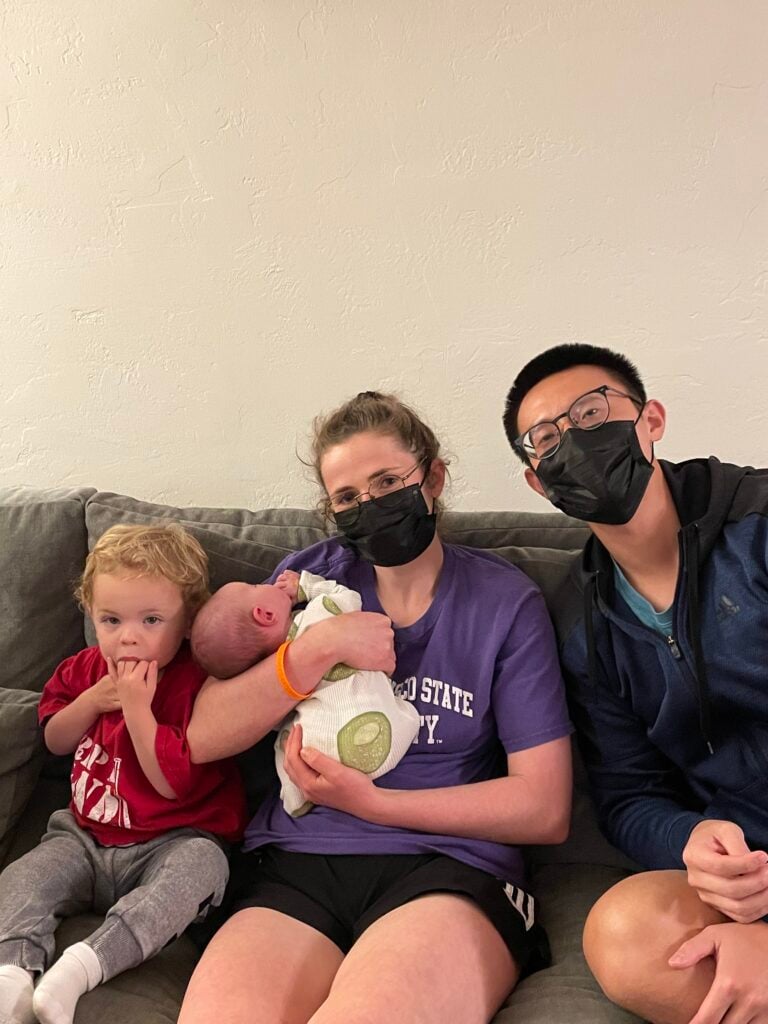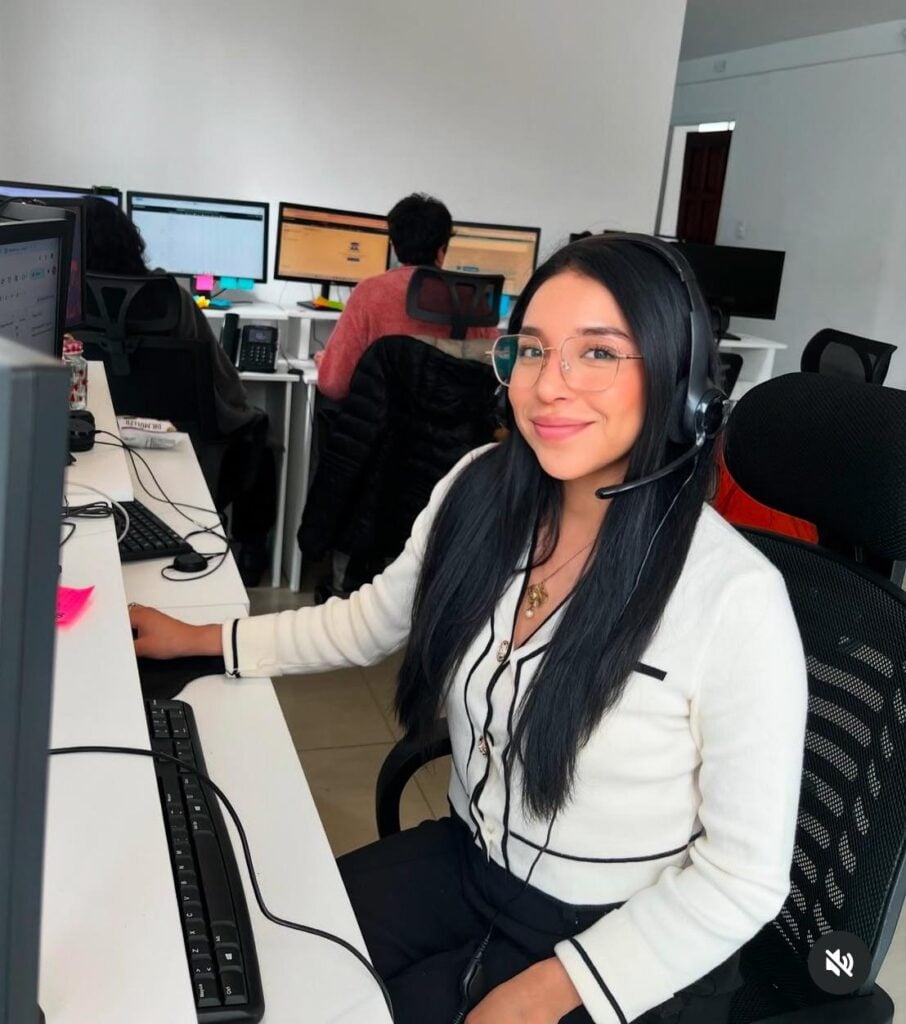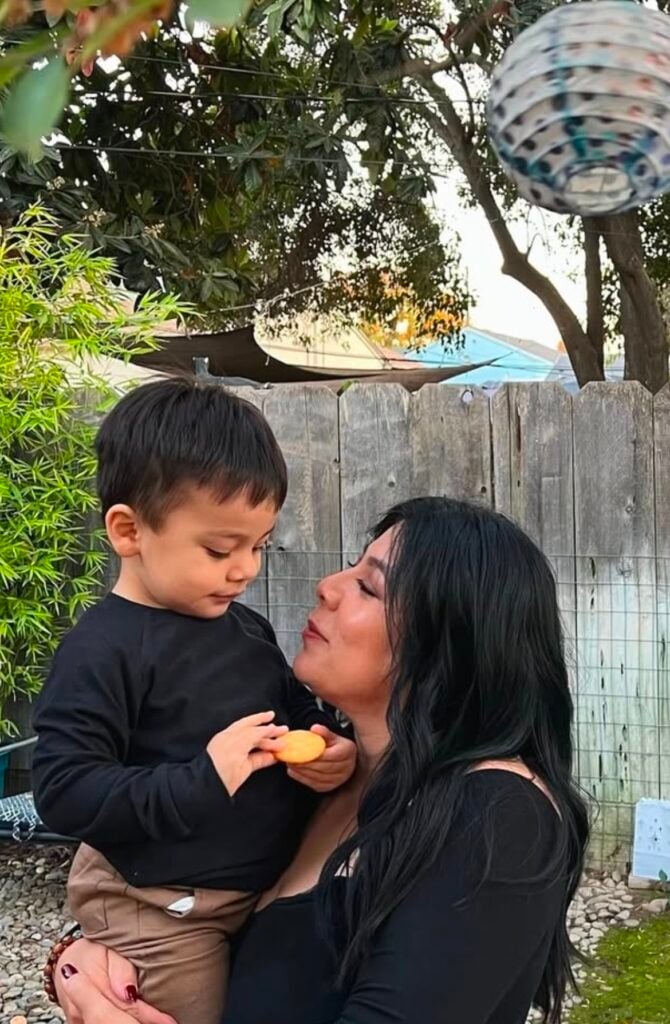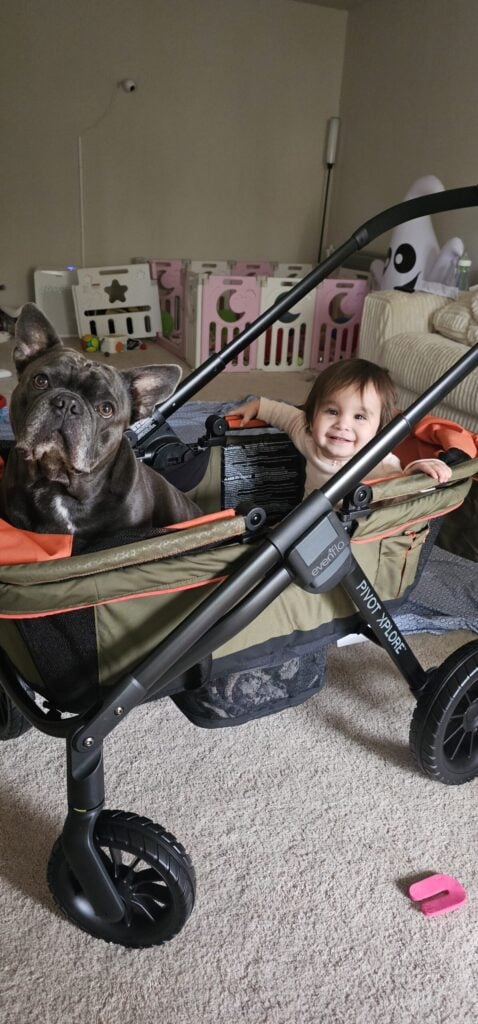When your child is in occupational therapy, you want to see them make real progress. But attending therapy sessions alone isn’t always enough. The key to success is reinforcing those skills at home, where your child feels safe and comfortable.
My name is Poonam Menezes, and I’m an occupational therapist at Joy & Laughter Developmental Therapy. Today, we’re going to discuss how you can help your kids make progress in occupational therapy.
Your Child’s Therapist Only Sees Them Once a Week
Your child’s therapist sees them only once or twice a week, which isn’t enough time to make consistent progress without additional practice. That’s why it’s important for parents to reinforce the skills their child is learning in therapy at home. We want you to practice those skills that we are teaching your kid when you’re at home.
One of the reasons for this is stranger anxiety. I’m a stranger to your child. Your child feels safer and more comfortable in a familiar environment, which is at your home with you. That’s why it’s very important that parents attend and participate in therapy sessions with their child in order to learn those skills. That way, you can carry over those skills at home to maintain consistency.
If a child is practicing certain skills in therapy but doing completely different things at home or school, we are really not being consistent. This can lead to more emotional meltdowns, task avoidance, and frustration. Practicing new skills is very important, and your child’s therapist can provide you with activities to practice at home.
As a Parent, You Are a Key Part of Your Child’s Therapeutic Team
A key part of your child’s progress in occupational therapy is practicing skills at home. To do this effectively, it’s important for parents to stay on the same page with their child’s entire support team. This includes their occupational therapist, speech therapist, special education teacher, and classroom teachers.
When everyone provides consistent instructions and expectations, the child is better able to understand what is expected of them and apply their skills across different environments.
What Pediatric Therapists Can Do to Help
As pediatric therapists, what we can do to help your child is:
Create a Sensory Diet
Occupational therapists can help children recognize and manage their emotions by teaching calming strategies. These techniques can be useful at home, school, and in public settings, helping children feel more in control when they are upset. If your child has sensory challenges, their therapist can create a personalized sensory diet plan to support their needs.
Teach Them to Use AAC
If your child uses an AAC (augmentative and alternative communication) device, collaboration with their speech therapist is important. Modeling how to use the device in everyday interactions encourages your child to explore and use it more confidently.
Suggestions to Support Your Child’s Progress at Home
Here are some helpful suggestions you can use to support your child at home:
Use a Visual Schedule
A lot of our kids like a consistent routine, and any changes in their routine really set them off. A visual schedule can help show them what they need to do during the day. For example, a chart might show what to do when they get home:
- Take off shoes and hang up backpack.
- Have a snack and enjoy free time.
- Start homework or another structured activity.
- Follow bedtime steps like brushing teeth and reading a book.
Invest in Quality Playtime
Incorporating play into your child’s routine is also essential. You don’t have to go and start buying a lot of toys for the kids, we can start off with what you have at home. This could be simple household items like balloons, balls, books, etc.
Remember, it’s not quantity of toys or the quantity of time you spend with your child, but it’s the quality of play that you’re doing where you are engaging with your child and your child is engaging with you.
Work on Skills Alongside Your Child
Lastly, when working on skills like cutting with scissors, buttoning clothes, or tying shoes, parents should participate alongside their child. We are putting a lot of demands on the children when we ask them to do these things. That’s why it’s very important that as parents, you also perform those tasks with your child and be a role model for them.
If your child sees you attempting the task and facing challenges, they’ll learn that struggling is part of the learning process. This builds resilience and confidence, reinforcing that with practice, they will master the skill, too.
Reach Out to JLD Therapy for Expert Advice
Remember, small daily efforts add up over time. By staying involved, practicing skills regularly, and maintaining consistency across different settings, you can help your child build confidence and independence.
If you have any other questions, don’t hesitate to give us a call at (408) 337-2727.





























































































































